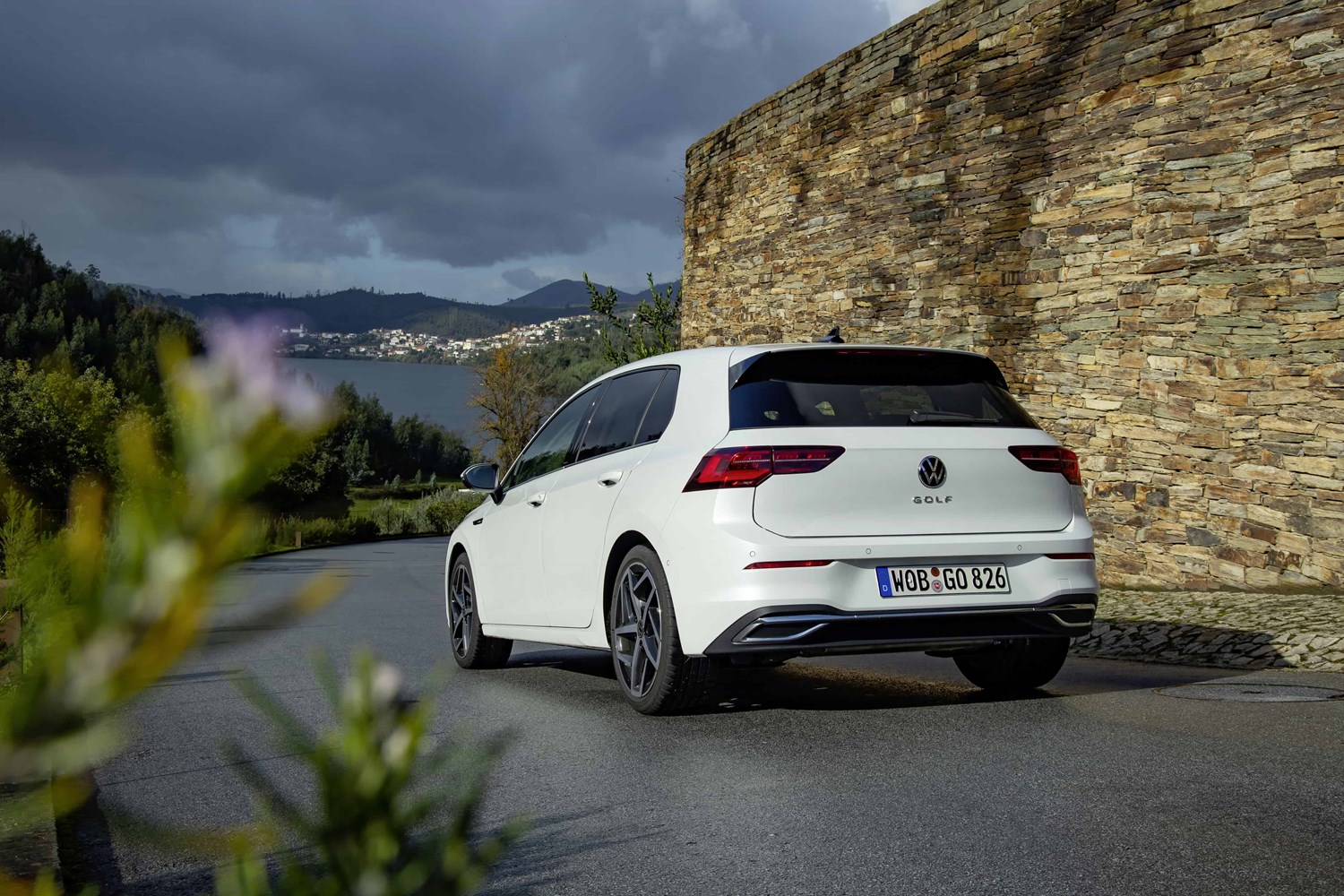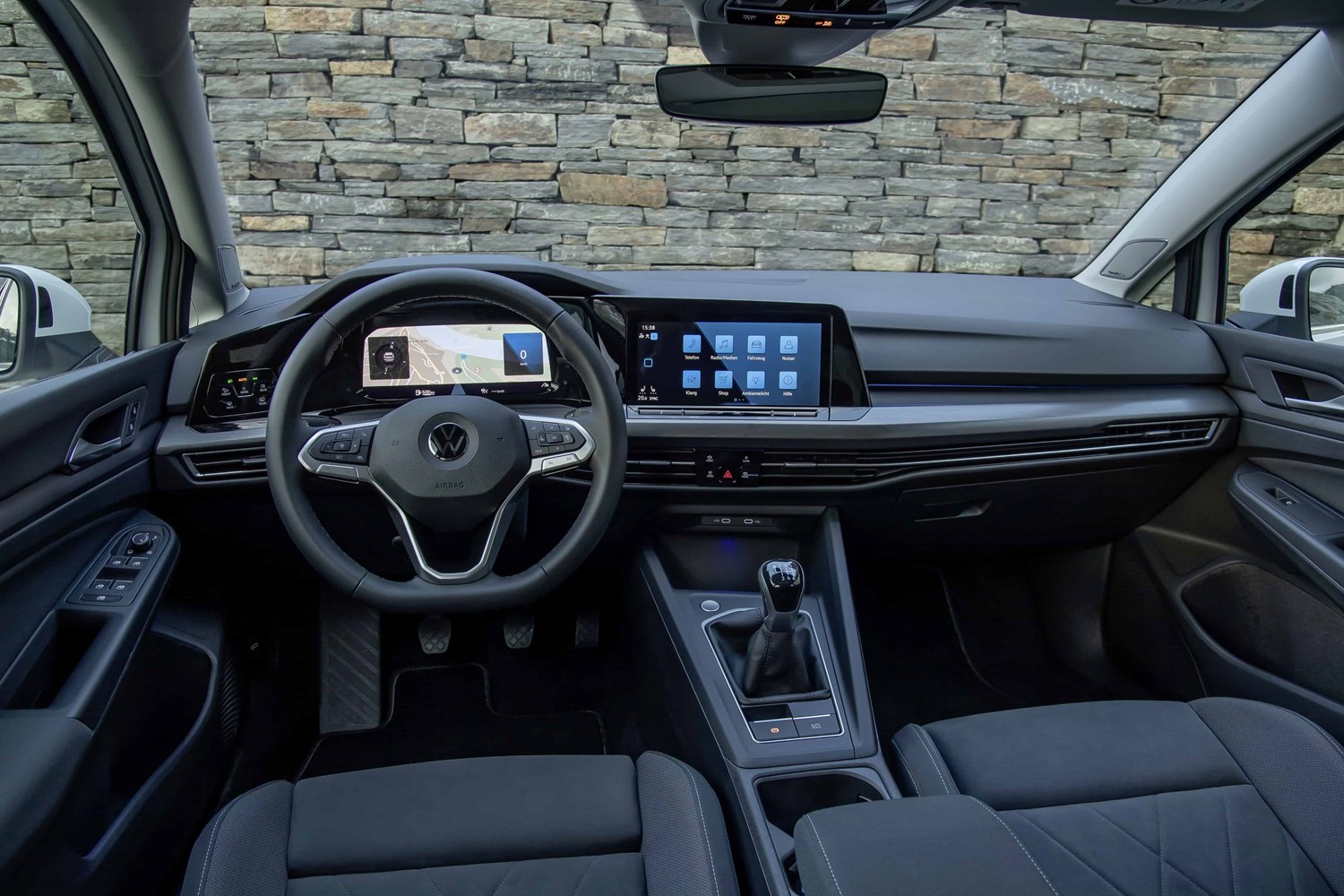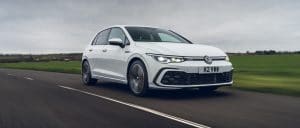Model Review
The Golf was first introduced in 1974, and we don’t suspect even Volkswagen realised what a hit it had on its hands.
Since that first-generation Golf rolled off the production line, more than 35 million have been built, with a large chunk of those going to UK buyers.
According to VW, a Golf rolls off the production line every 40 or so seconds, so it’s unsurprising that the model holds the title of Europe’s most successful car.
The first and second generations are arguably the most iconic, with their angular design and instantly recognisable rectangular grille. By 1992, the third generation had made its debut, sporting a more rounded design and elongated headlights.
The Mk4 was introduced in 1997, the Mk5 in 2003 and the Mk6 in 2008. The seventh generation has been on the market since 2012, with a facelifted model known as the Golf 7.5 arriving in 2016.
Alongside the standard models, VW has launched variants of the sporty GTI and GTD models, as well as estates, a cabriolet and even a hybrid concept car back in 1989. The last Golf also spawned all-electric models (the e-Golf) as well as a plug-in hybrid, which is known as the GTE.
Latest model
The latest eighth-generation Golf arrived at the start of 2020 and sticks to the principal this hatchback is known for – its high-quality interior and strong badge appeal. In terms of design, it’s not vastly different to its predecessor, though with the model having such a loyal following, you can see why Volkswagen wasn’t keen on changing it dramatically.
It’s more different inside, though, with the latest Golf featuring a digitalised cabin, with few real buttons. All versions come with a large 10-inch touchscreen, as well as a digital cockpit. But the tech doesn’t stop there, with the majority of controls being touch sensitive – including the lights, for example – while it’s integrated with a ‘Hey Volkswagen’ voice assistant as well.
The engine line-up has also been altered, with Volkswagen introducing new mild-hybrid technology on selected versions, which helps to drive down CO2 emissions and reduce fuel consumption. New plug-in hybrid versions will follow later in the year, along with hot GTI and GTD models, too.

Value for money
At the time of writing, the latest new Golf was only available with a limited model line-up, with only more powerful engines available and a more affordable 1.0-litre version on the way.
It means that prices start from £23,900, so like always, the Golf is a premium product and therefore not the cheapest. Mechanically similar new Seat Leon and Skoda Octavia models are priced from £21,425 and £22,390 with the same engine. Standard equipment is generous, though, and includes LED headlights, a large 10-inch touchscreen with digital cockpit and a whole host of safety kit.
Despite the latest Golf only being on sale for a few months at the time of writing, there are already some big savings to be had, with virtually new models with delivery miles available from just £21,000, which is already a chunky £3,000 saving off the new asking price. If you’re not fussed about having the latest model, the previous Golf 7.5 is a great choice. A 2017 example can be had for just £8,500, though it will be in quite a low spec. If you can stretch to it, a high-spec GT car of the same is available for £11,500.
As it’s such a popular model, though, there are absolutely loads to choose from.
Looks and image
The Golf somehow looks timeless, as its design always remains fresh with minimal adjustment between generations. Even models 15 years old still look the part today and exert that classy upmarket image that Volkswagen is so good at doing.
The latest version is no different, and it’s an entirely inoffensive-looking car that will appeal to most. The design is quite safe, though, and from certain angles it really doesn’t look much different to its predecessor. But there are some neat touches, such as the new LED headlights that are fitted as standard, while at the rear, the new model features Volkswagen’s slimmer new logo, along with new ‘GOLF’ lettering laid out across the boot. A sportier R-Line trim is also available if you want more aggressive styling, while later in 2020, performance versions including the GTI, GTD and GTE will join the line-up. An even hotter ‘R’ will also follow.
The interior is one of the biggest changes on this new car, with Volkswagen littering it with technology. While making it look exceptionally modern, some of the technology is fiddly and distracting to use on the move – including adjusting the temperature, which is done on the touchscreen, rather than a traditional dial. But the quality is as impressive as ever, with high grade materials used throughout.
Behind the wheel it’s also business as usual, with the Golf being great to use everyday thanks to its comfortable ride and impressive refinement. This new version also offers tidier handling than the previous car, though it’s not especially fun to drive – a BMW 1 Series or Ford Focus would be a better bet.
Space and practicality
For years the Golf has been a superb family hatchback, and while those with children might now be more inclined to opt for a crossover or SUV, this model still remains great for families.
While not the largest car in its class, it offers room for four adults, while rear access is easy, which is an asset if you have to strap in small children. The boot space on this new Golf remains the same at 380 litres, which is broadly similar to the Ford Focus and Vauxhall Astra. While the Skoda Octavia has a much larger boot, for smaller families, this VW’s space should still prove to be plentiful.
The new Golf has already been awarded a five-star safety rating from Euro NCAP, with high scores recorded in all categories. The model also comes brimmed with driver assistance kit – including adaptive cruise control, autonomous emergency braking, traffic sign recognition and a driver monitoring system.
Engines
While a 113bhp 1.0-litre petrol engine will be introduced to the Golf later in 2020, for the time being it’s a 1.5-litre petrol engine that’s the only petrol unit available. You can choose it with an output of 128bhp or 148bhp, with both coming as standard with a six-speed manual transmission. If you go for the 148bhp version, you can pair it with a seven-speed DSG automatic gearbox, which with it brings eTSI mild-hybrid technology, which provides a mild torque boost and offers lower running costs.
For this new Golf, Volkswagen has replaced the 1.6-litre diesel engine that’s been around for some time with a new 113bhp 2.0-litre diesel, which is mated to a six-speed manual gearbox. A larger 148bhp version is available with a seven-speed DSG automatic gearbox as well.
The best model for performance currently is the 148bhp 1.5-litre unit with a manual gearbox, which can accelerate from 0-60mph in 8.3 seconds, and reach a top speed of 139mph.
Sportier models are also in the pipeline, and will join the range later in 2020.

Running costs
Regardless of which engine you choose, the Golf should be cheap to run. In terms of maximum efficiency, you should choose the 113bhp 2.0-litre diesel option, which can return an impressive 67mpg, with CO2 emissions of 110g/km. Oddly, it’s the mild-hybrid version that’s actually the most inefficient in the current line-up – returning a claimed 47.8mpg, with CO2 emissions of 134g/km.
When the GTE plug-in hybrid powertrains join the range later, this will become the most efficient version to run.
Things to look out for
This new eighth-generation Golf is still too new to gauge its reliability. However, despite Volkswagen’s well-regarded image, the previous Golf was not known to be especially reliable. The DSG automatic gearbox isn’t known to be the most reliable, and can be costly to replace too. Neither the 1.4-litre (discontinued) or 1.5-litre that replaced it are known for being especially dependable, either. If you’re looking at a new shape Golf, though, it will be covered under warranty until at least 2023.
Rivals
Despite the rise of crossovers, the family hatchback remains a rather competitive market, with plenty of credible options to choose from.
Perhaps the Golf’s closest rivals are its VW Group stablemate products – the Seat Leon, Skoda Octavia and Audi A3. Other options worth having a look at include the Ford Focus, Kia Ceed and Vauxhall Astra, while the BMW 1 Series and Mercedes A-Class are worthy options if you fancy something a bit more premium.
Depreciation warning
With the image that comes with Volkswagen, its vehicles usually hold their value well. And even despite the number of new Golfs that are sold each year, it remains a desirable used buy and tends to hold its value better than rivals. There are still good savings to be had, with several thousand pounds already available on nearly new models.






